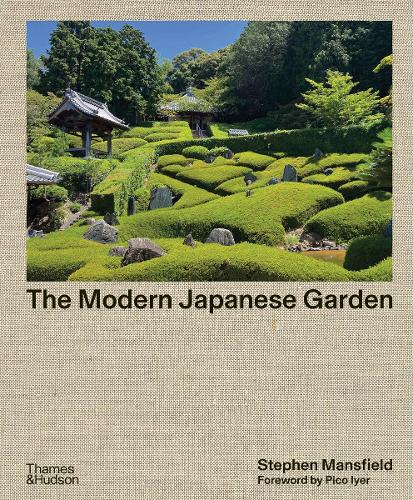A new photo book explores the symbolic beauty of the Japanese garden
‘Modern Japanese Gardens’ from Thames & Hudson traces the 20th-century evolution of these serene spaces, where every element has a purpose
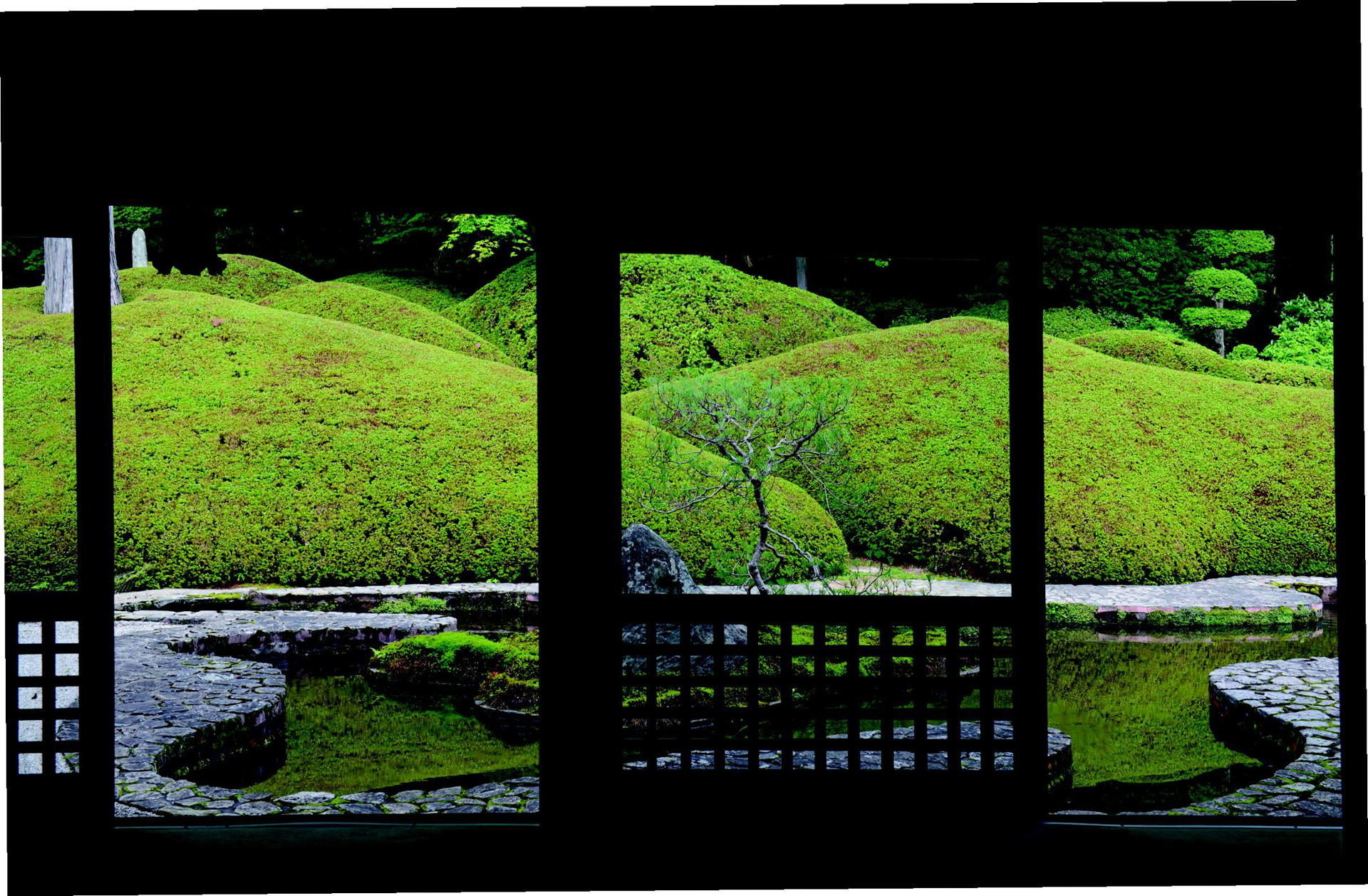
The Japanese garden is not merely a garden – it is a spiritual landscape, layered with cultural and religious references. Rooted in philosophies such as Shinto, Buddhism and Daoism, these gardens have evolved over millennia, maintaining a deep reverence for nature, simplicity and balance.
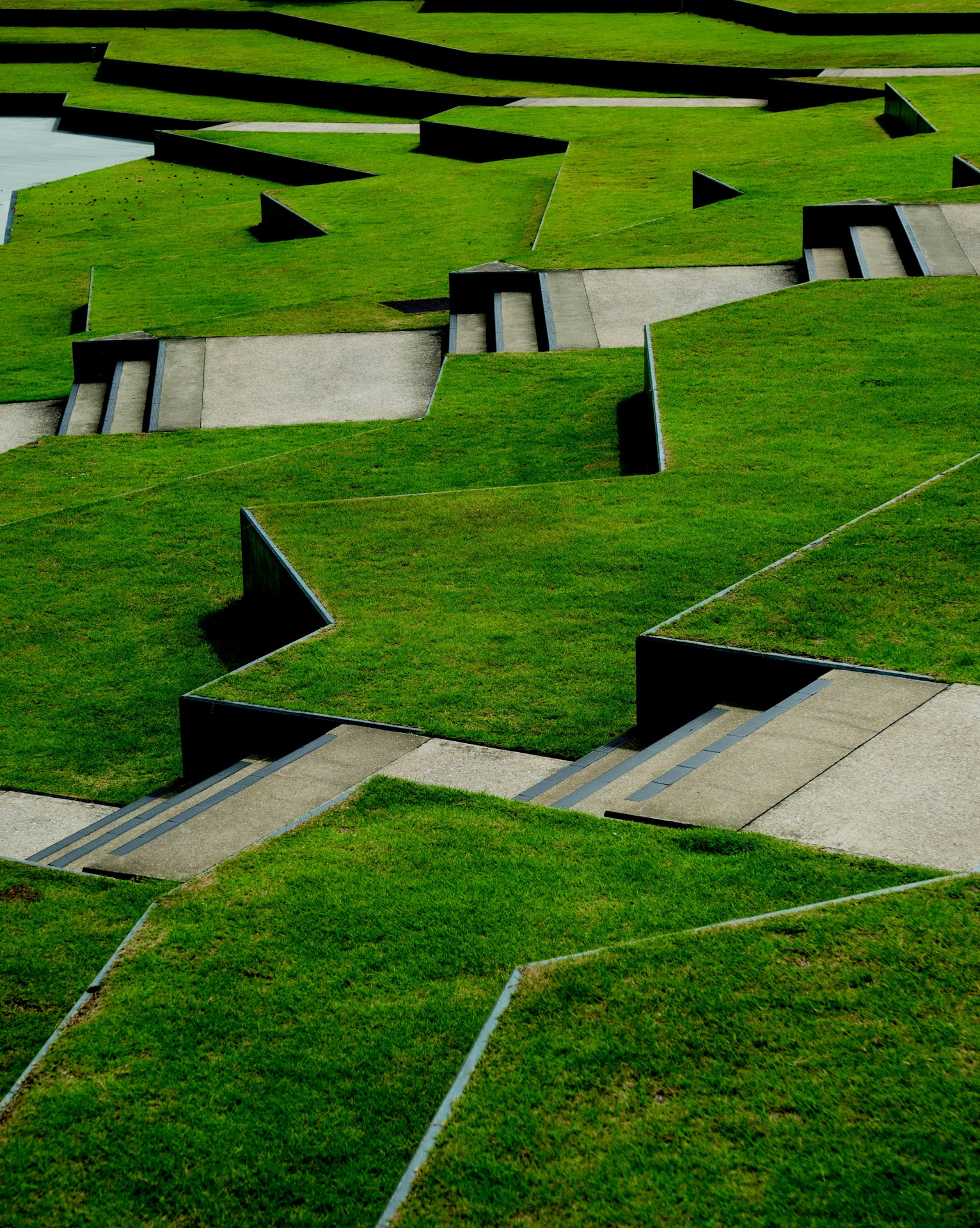
Angled greenery intended to refresh students as they approach Kyushu Sangyo University’s main buildings.
A new book from Thames & Hudson, The Modern Japanese Garden by Stephen Mansfield, offers a survey of this evolution. It brings together gardens across Japan, from influential landscapes to smaller projects. Rich photography is accompanied by profiles of the gardens and their designers.
In the Kamakura and Muromachi periods (1185-1573), the rise of Zen Buddhism brought an emphasis on simplicity and meditation to Japanese gardens; this minimalist approach crystallised in the ‘imperfect’ wabi-sabi aesthetic. In the Edo period (1603-1868), designers began to create more elaborate strolling gardens – carefully-composed scenes to be discovered step by step – precursors to the gardens of the modern Meiji era.
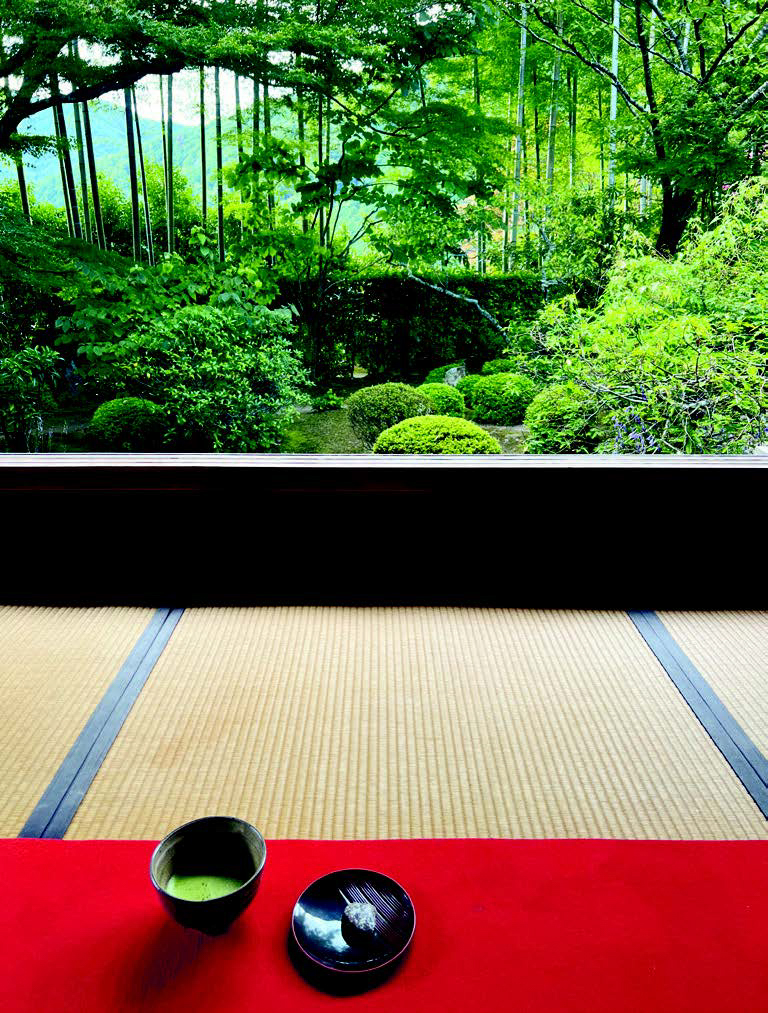
Powdered green tea at Hosen-in, a temple in Ohara.
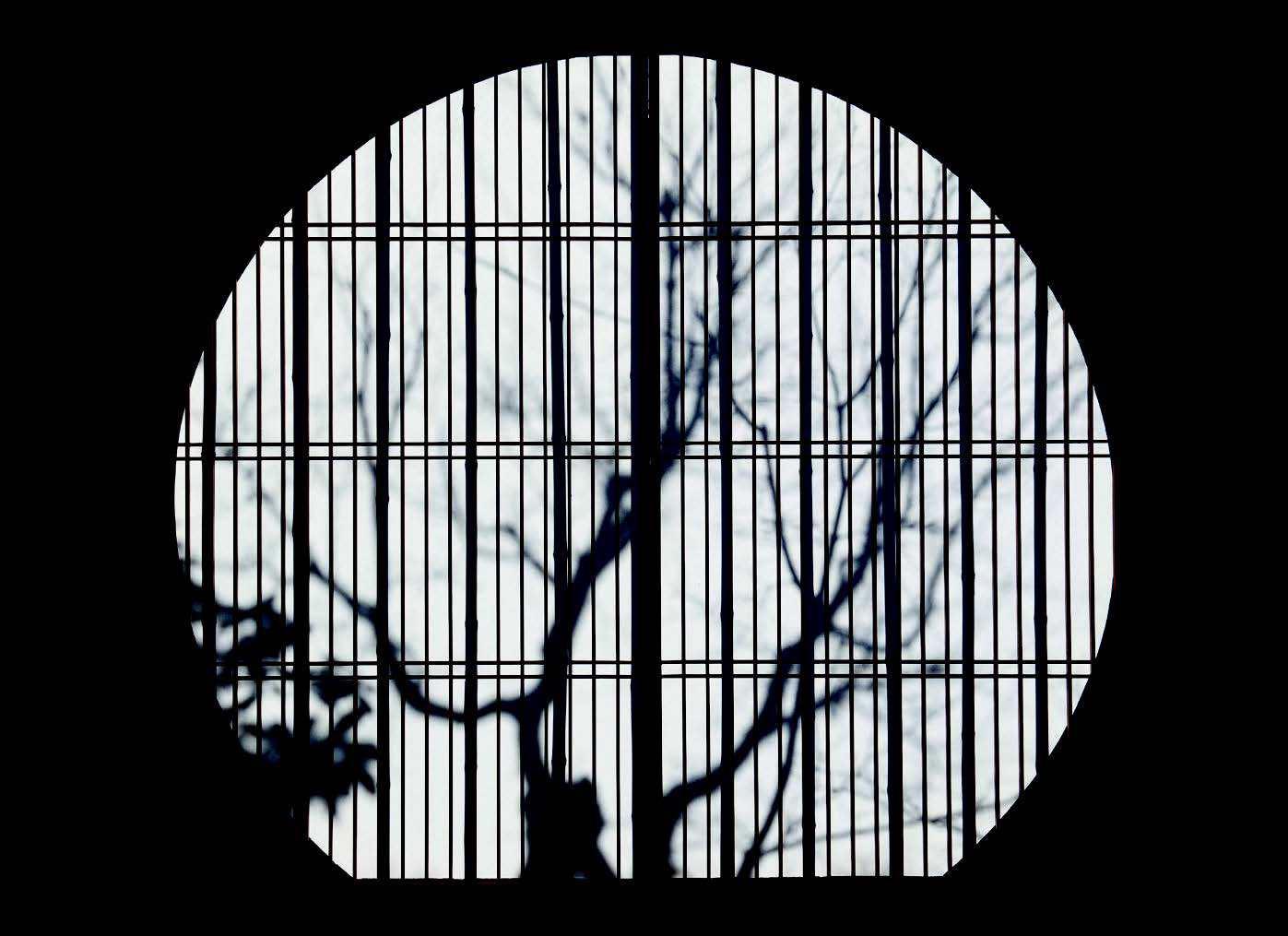
A circular marumado (moon window)
The Modern Japanese Garden focuses on the period from 1900 to the present, and is broadly divided into two sections: pre- and post-1945. Many Japanese gardens were destroyed during the Second World War, and the postwar era saw design reimagined as a form of cultural restoration and healing. Modern Japanese garden designers sought to harmonise tradition with modernity This period also marked the export of Japanese garden aesthetics to the rest of the world; by the end of the 20th century, the principles of these spaces had seeped into landscape gardening everywhere.
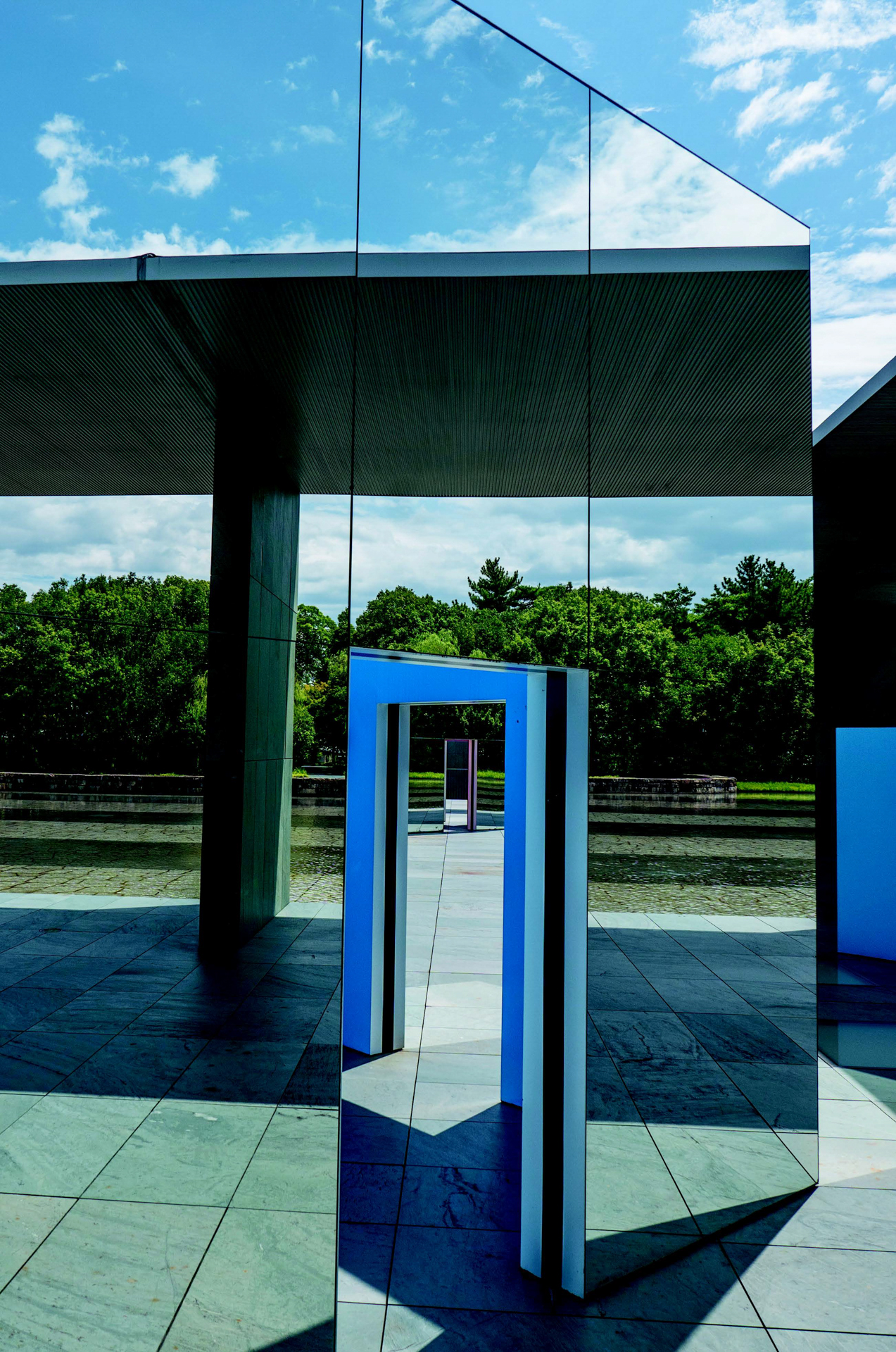
Toyota City Museum of Art
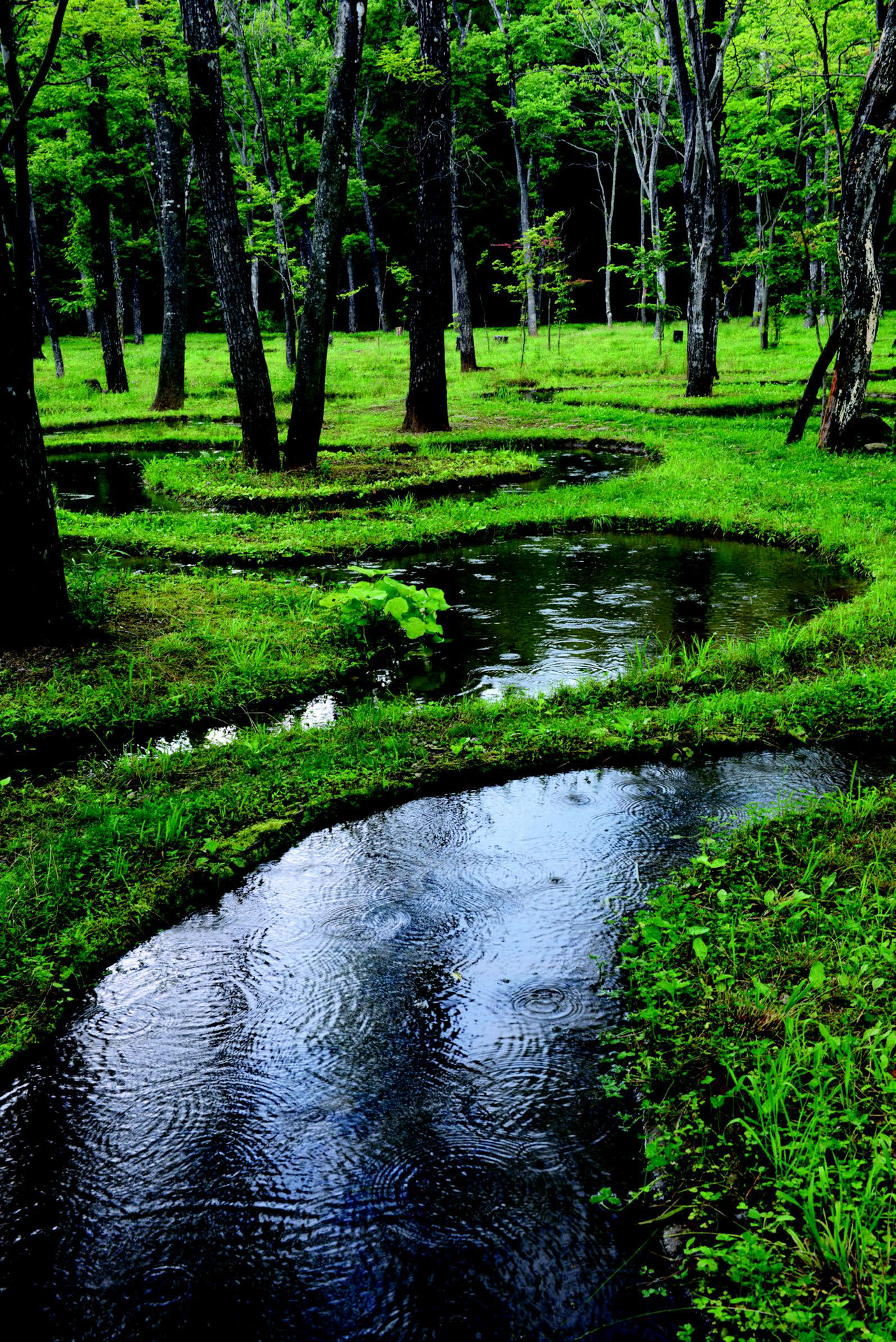
Art Biotop Water Garden
At the heart of the Japanese garden are some enduring principles: harmony, simplicity and a respect for the natural world. Every element serves a purpose: stones and rocks represent mountains or islands. Water symbolises purity and life, while gravel and sand, used most notably in Zen gardens, are raked into patterns representing rivers, clouds or energy. Plant species such as pine, maple, bamboo and moss are selected for their seasonality, form and vernacular significance, while elements such as stone lanterns, bridges, gates and tea houses support principles of the strategic use of empty space and an intentional lack of symmetry.
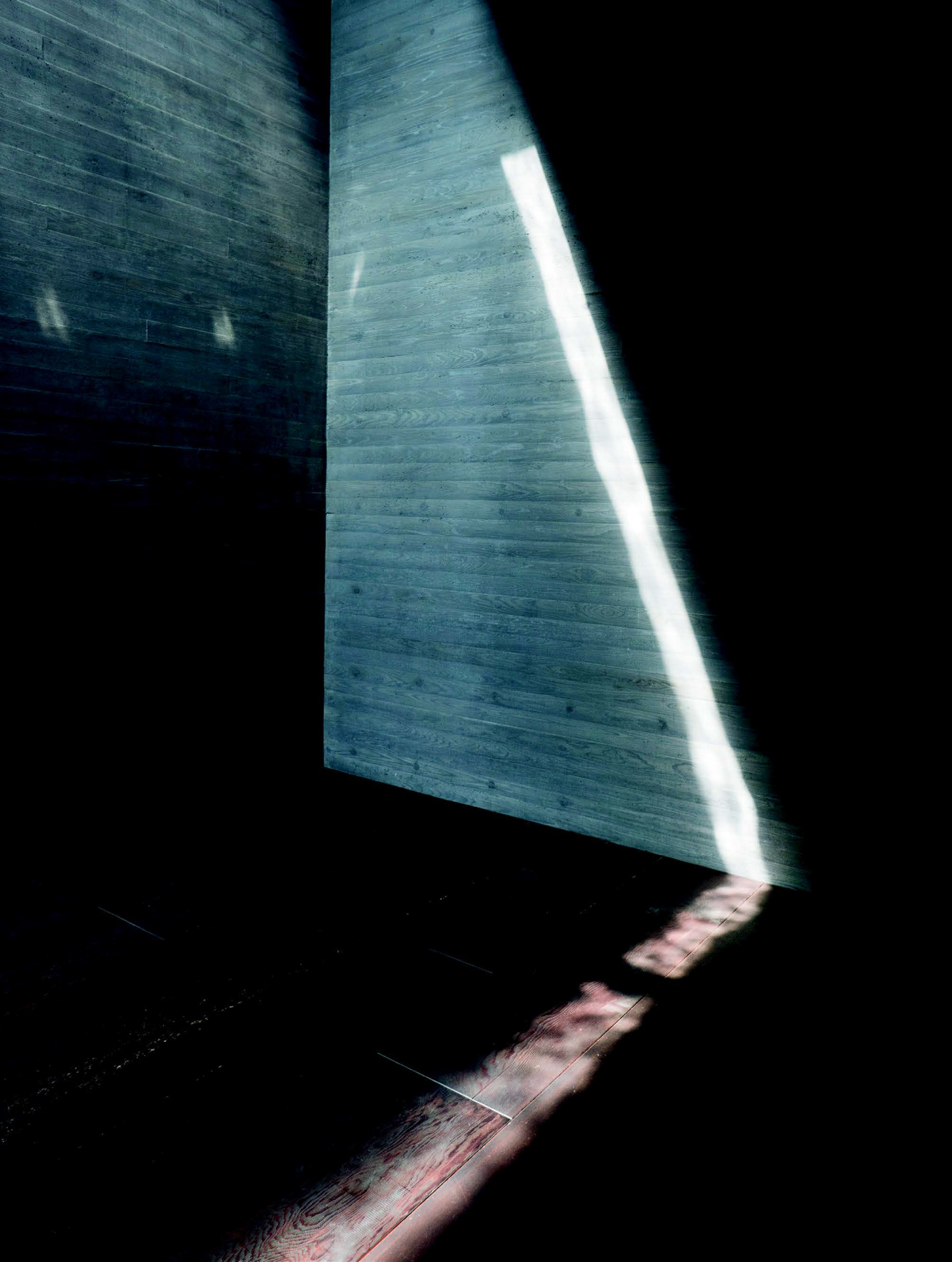
One of the lower galleries at Sagawa Art Museum, Shiga.
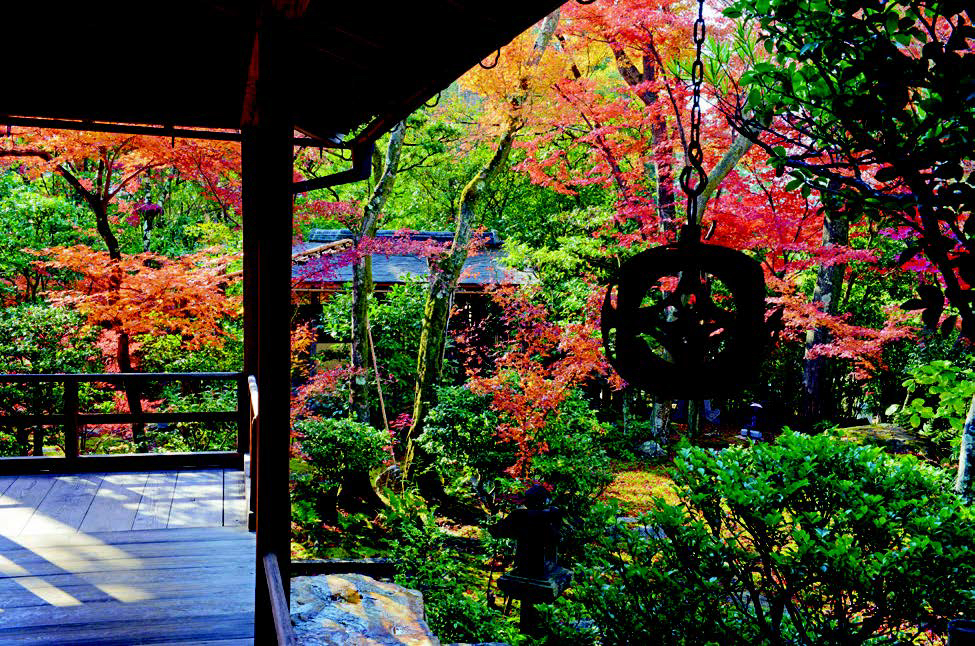
Tea garden, Daiho-in, Kyoto.
Through its exploration of gardens old and new, The Modern Japanese Garden reveals how these elegant spaces offer calm and reflection in a world whose pace is ever-increasing.
Receive our daily digest of inspiration, escapism and design stories from around the world direct to your inbox.
Anna Solomon is Wallpaper’s digital staff writer, working across all of Wallpaper.com’s core pillars, with special interests in interiors and fashion. Before joining the team in 2025, she was senior editor at Luxury London Magazine and Luxurylondon.co.uk, where she wrote about all things lifestyle and interviewed tastemakers such as Jimmy Choo, Michael Kors, Priya Ahluwalia, Zandra Rhodes and Ellen von Unwerth.
-
 Artists imbue the domestic with an unsettling unfamiliarity at Hauser & Wirth
Artists imbue the domestic with an unsettling unfamiliarity at Hauser & WirthThree artists – Koak, Ding Shilun and Cece Philips – bring an uncanny subversion to the domestic environment in Hauser & Wirth’s London exhibition
-
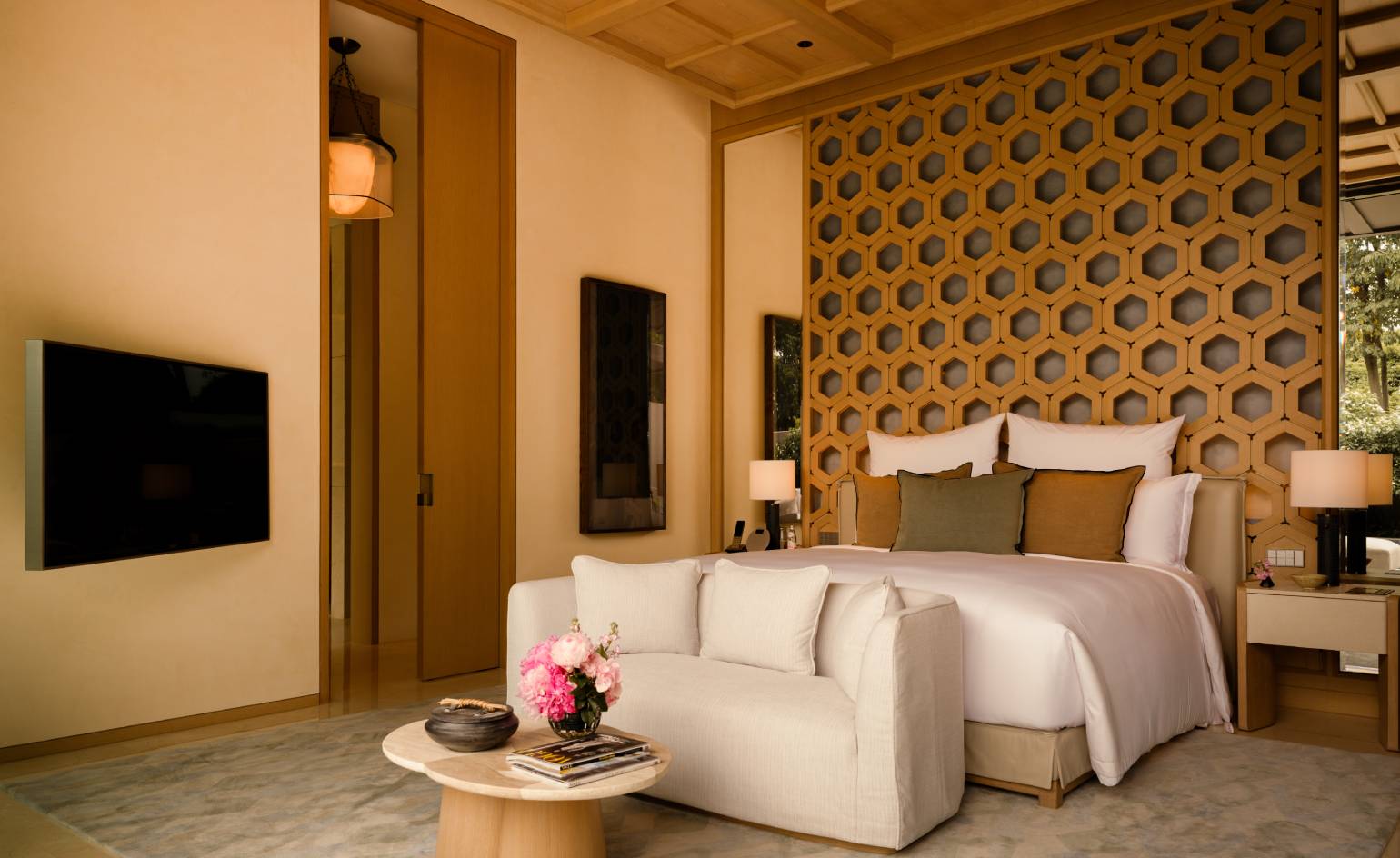 No guilt, only pleasures await at Singapore’s first all-villa resort
No guilt, only pleasures await at Singapore’s first all-villa resortFrom late-evening scented baths to midnight snack attacks, daily indulgences come in abundance at the tropical Raffles Sentosa Singapore
-
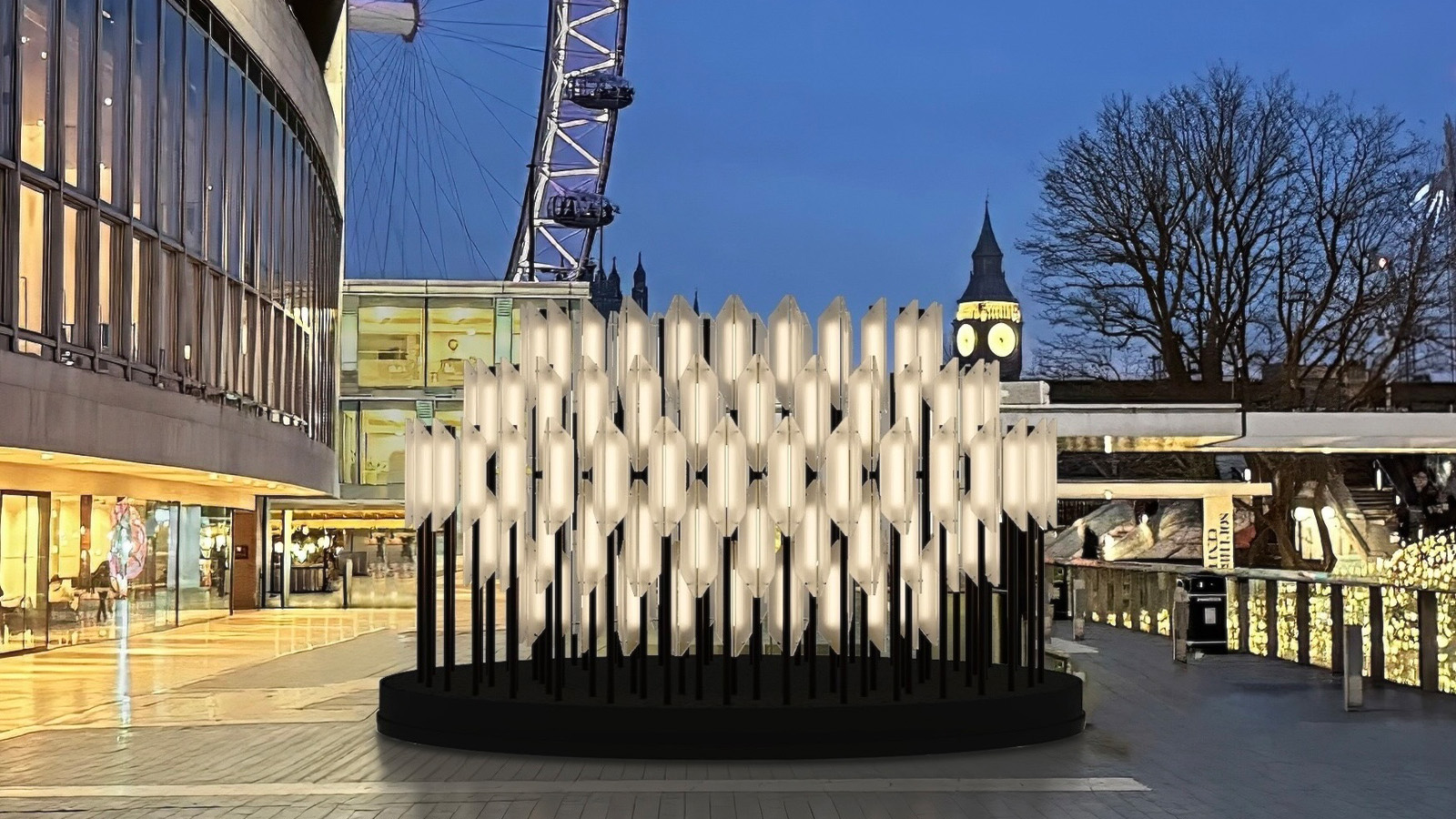 Lee Broom’s brutalist-inspired ‘Beacon’ will light up London as Big Ben strikes the hour
Lee Broom’s brutalist-inspired ‘Beacon’ will light up London as Big Ben strikes the hourSet to pulse through London Design Festival 2025 (13-22 September) and beyond, the British industrial designer’s sculptural light installation on the South Bank draws on its surroundings
-
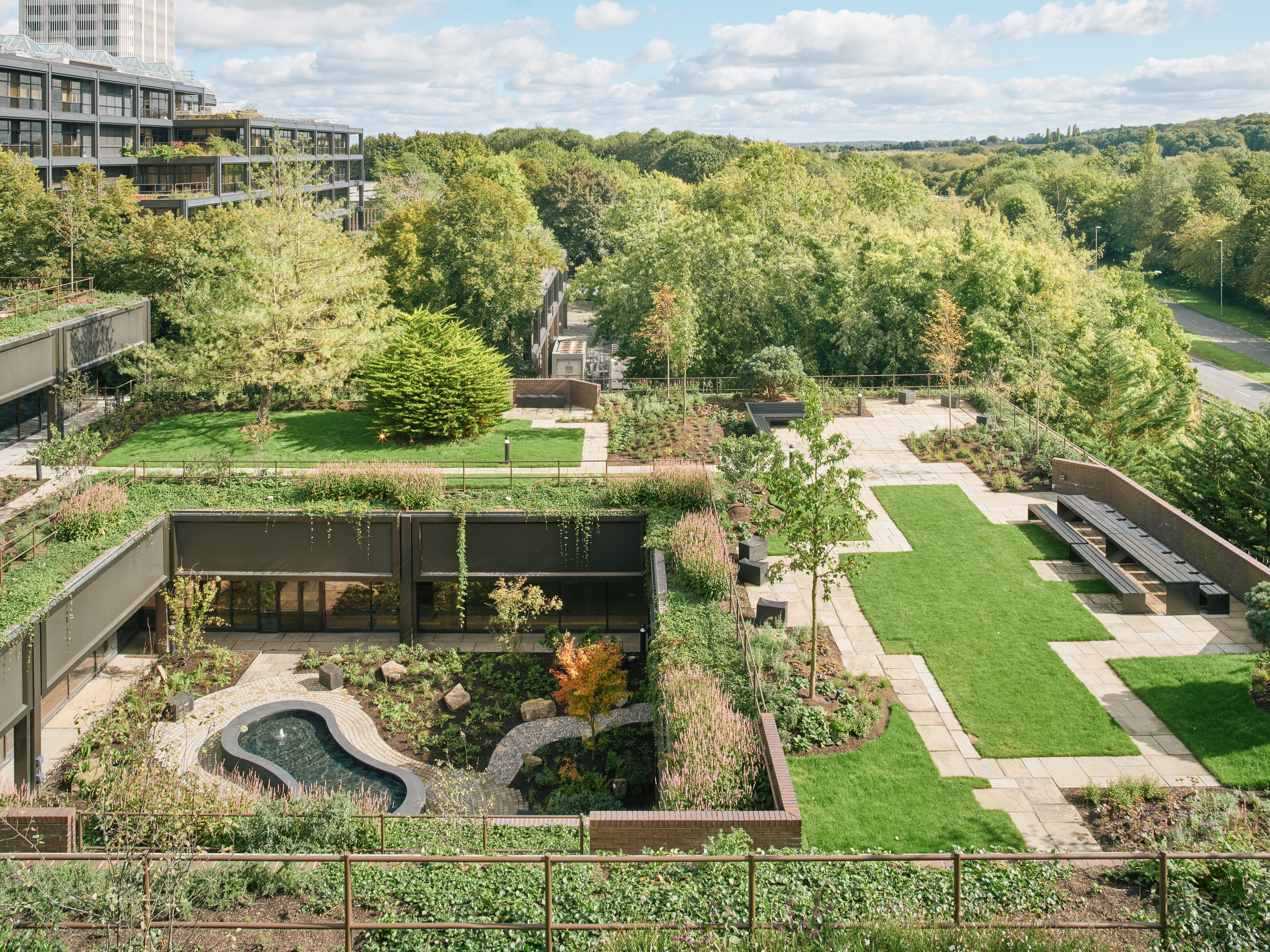 Meet Studio Knight Stokoe, the landscape architects guided by ‘resilience, regeneration and empathy’
Meet Studio Knight Stokoe, the landscape architects guided by ‘resilience, regeneration and empathy’Boutique and agile, Studio Knight Stokoe crafts elegant landscapes from its base in the southwest of England – including a revived brutalist garden
-
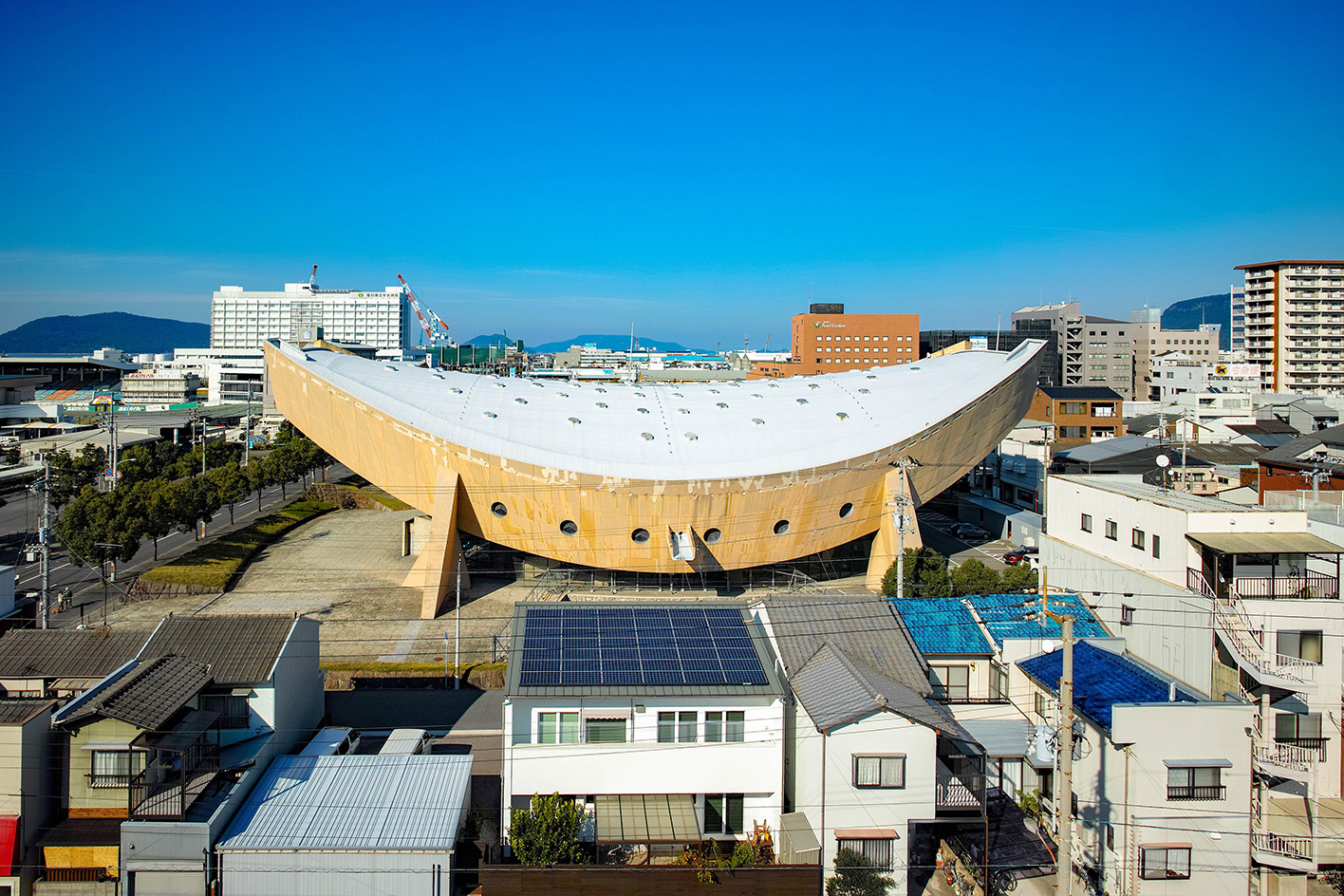 Campaigners propose reuse to save Kenzo Tange’s modernist ‘Ship Gymnasium’ in Japan
Campaigners propose reuse to save Kenzo Tange’s modernist ‘Ship Gymnasium’ in JapanThe Pritzker Prize-winning architect’s former Kagawa Prefectural Gymnasium is at risk of demolition; we caught up with the campaigners who hope to save it
-
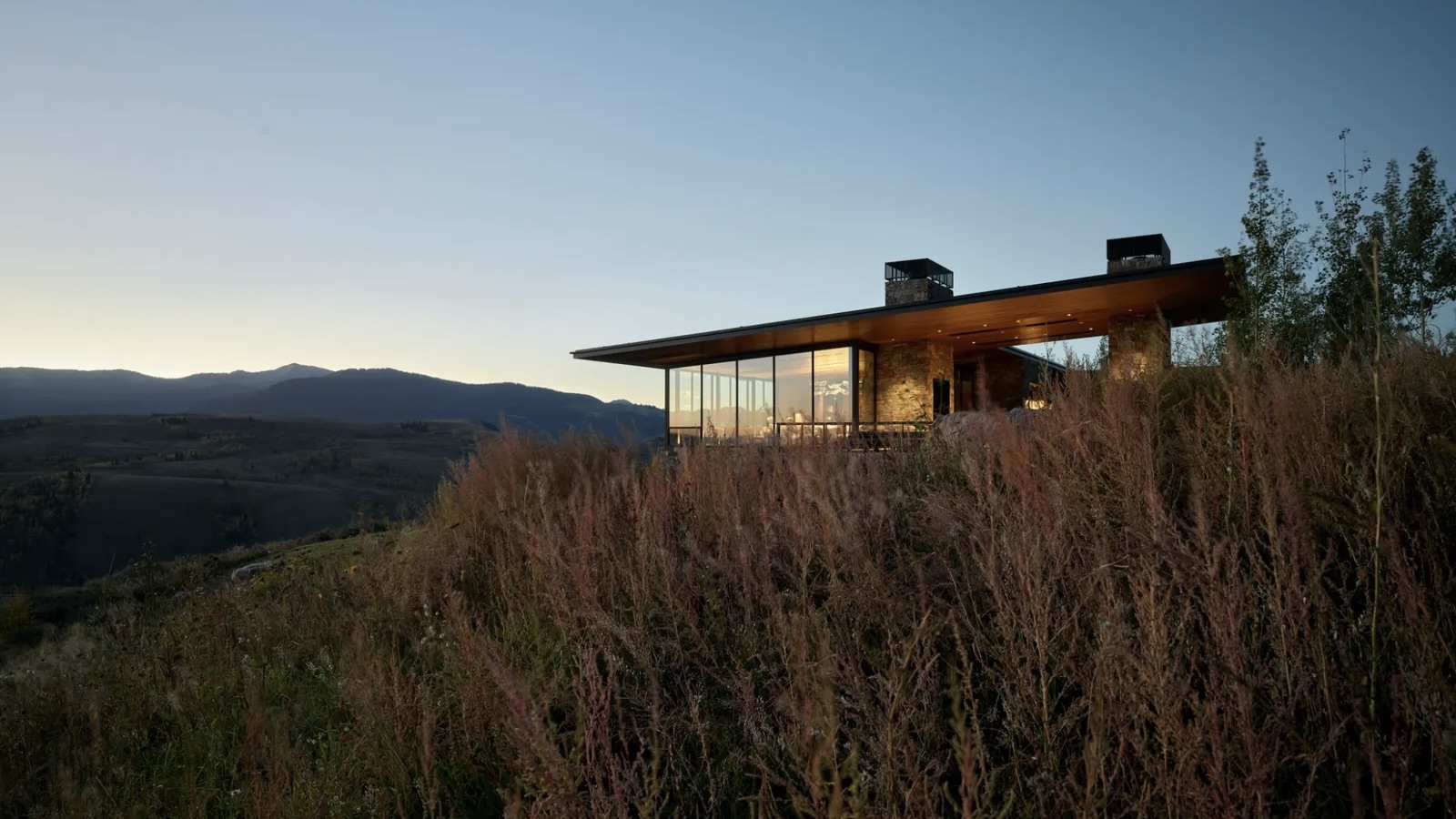 The Monthly Architecture Edit: Wallpaper’s favourite July houses
The Monthly Architecture Edit: Wallpaper’s favourite July housesFrom geometric Japanese cottages to restored modernist masterpieces, these are the best residential projects to have crossed the architecture desk this month
-
 Mayumi Miyawaki’s Fukumura Cottage puts this lesser-known Japanese modernist in the spotlight
Mayumi Miyawaki’s Fukumura Cottage puts this lesser-known Japanese modernist in the spotlightDiscover the little-known modernist architect through this private home in Japan’s Tochigi prefecture countryside
-
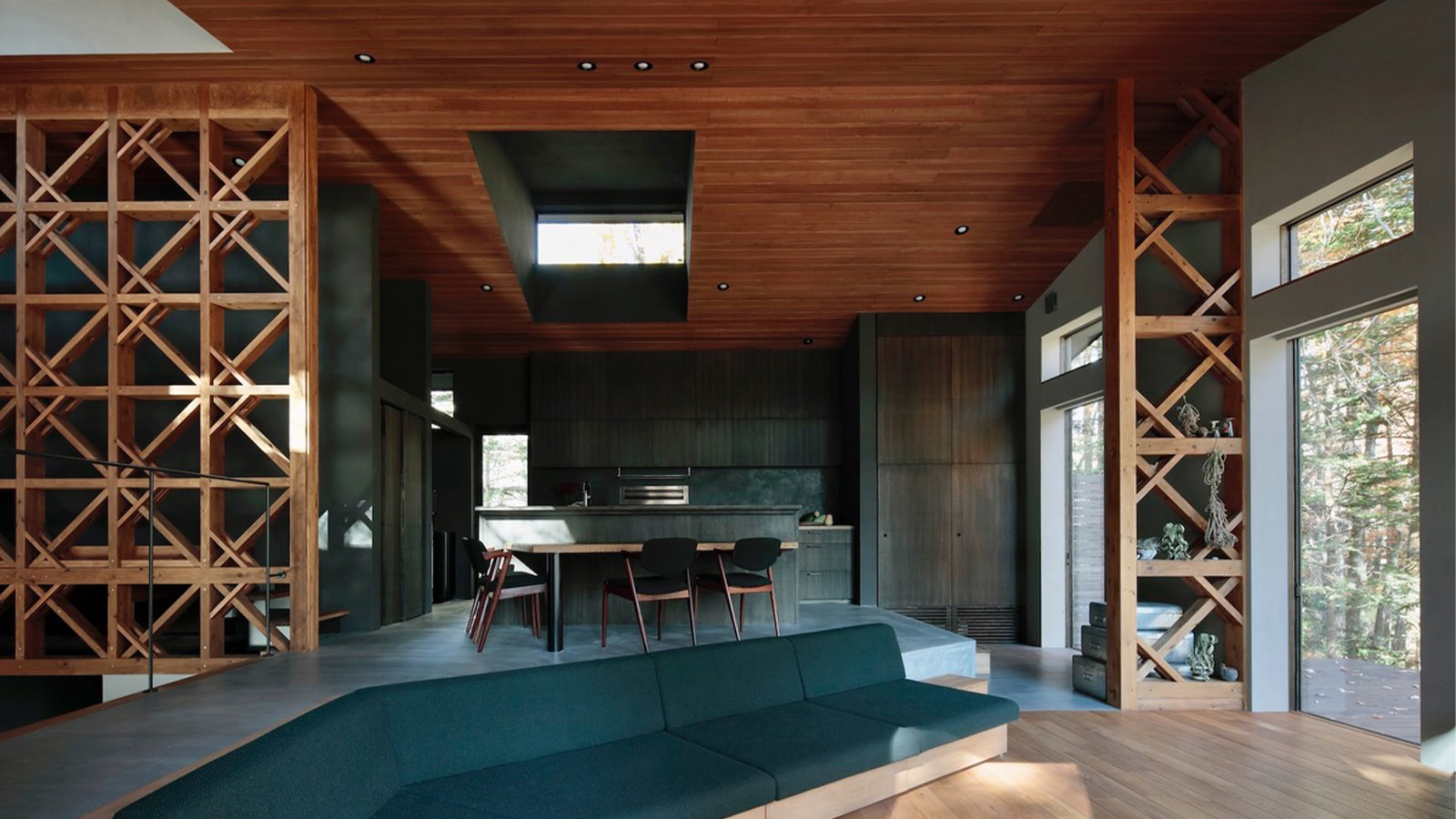 A Karuizawa house is a soothing, work-from-home retreat in Japan
A Karuizawa house is a soothing, work-from-home retreat in JapanTakeshi Hirobe Architects play with scale and space, creating a tranquil residence in which to live and work
-
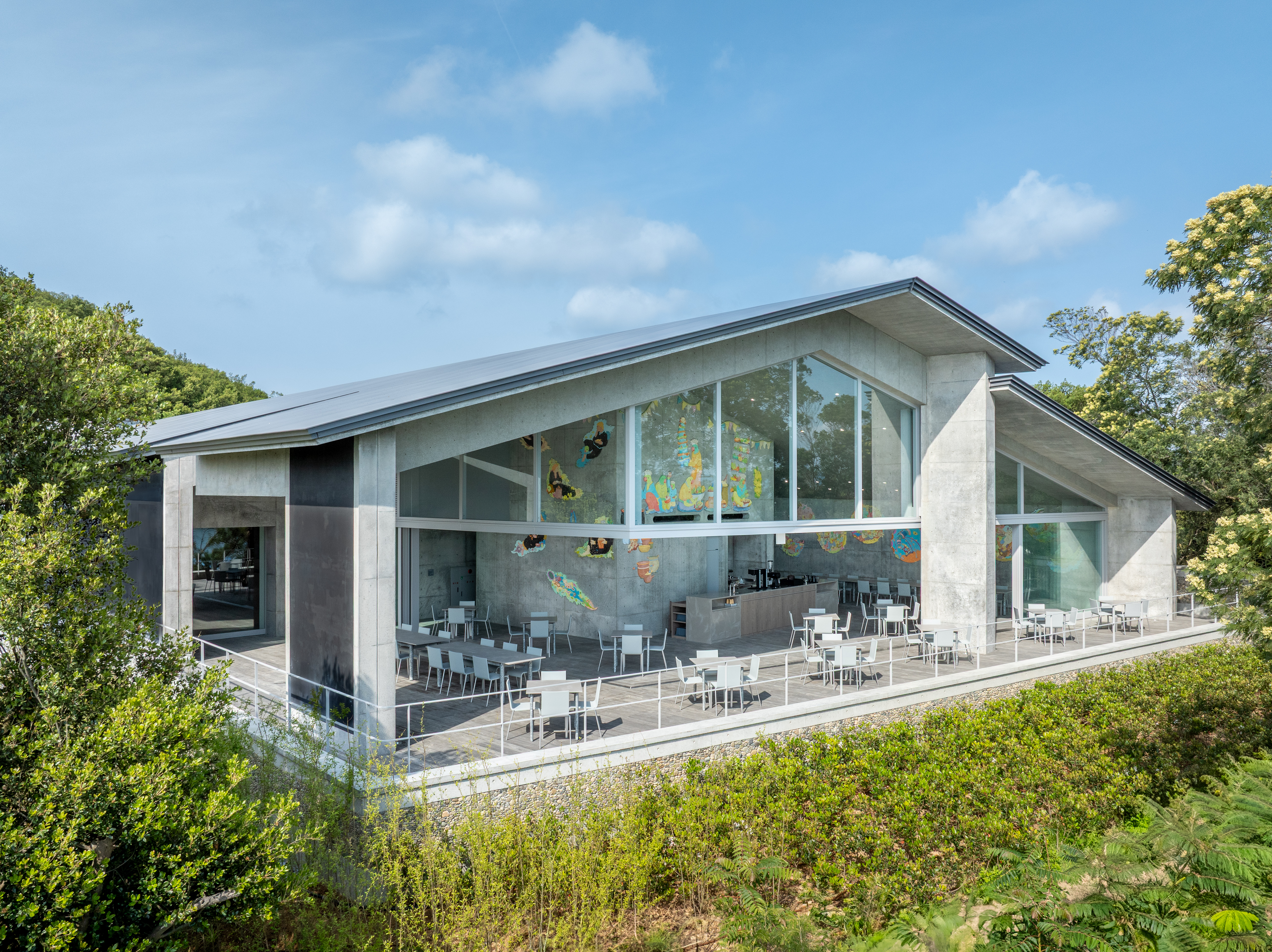 Naoshima New Museum of Art is a home for Asian art, and a lasting legacy, in Seto Inland Sea
Naoshima New Museum of Art is a home for Asian art, and a lasting legacy, in Seto Inland SeaThe Naoshima New Museum of Art opens, marking a seminal addition to the Japanese island's renowned Benesse Art Site Naoshima; we explore Tadao Ando's design
-
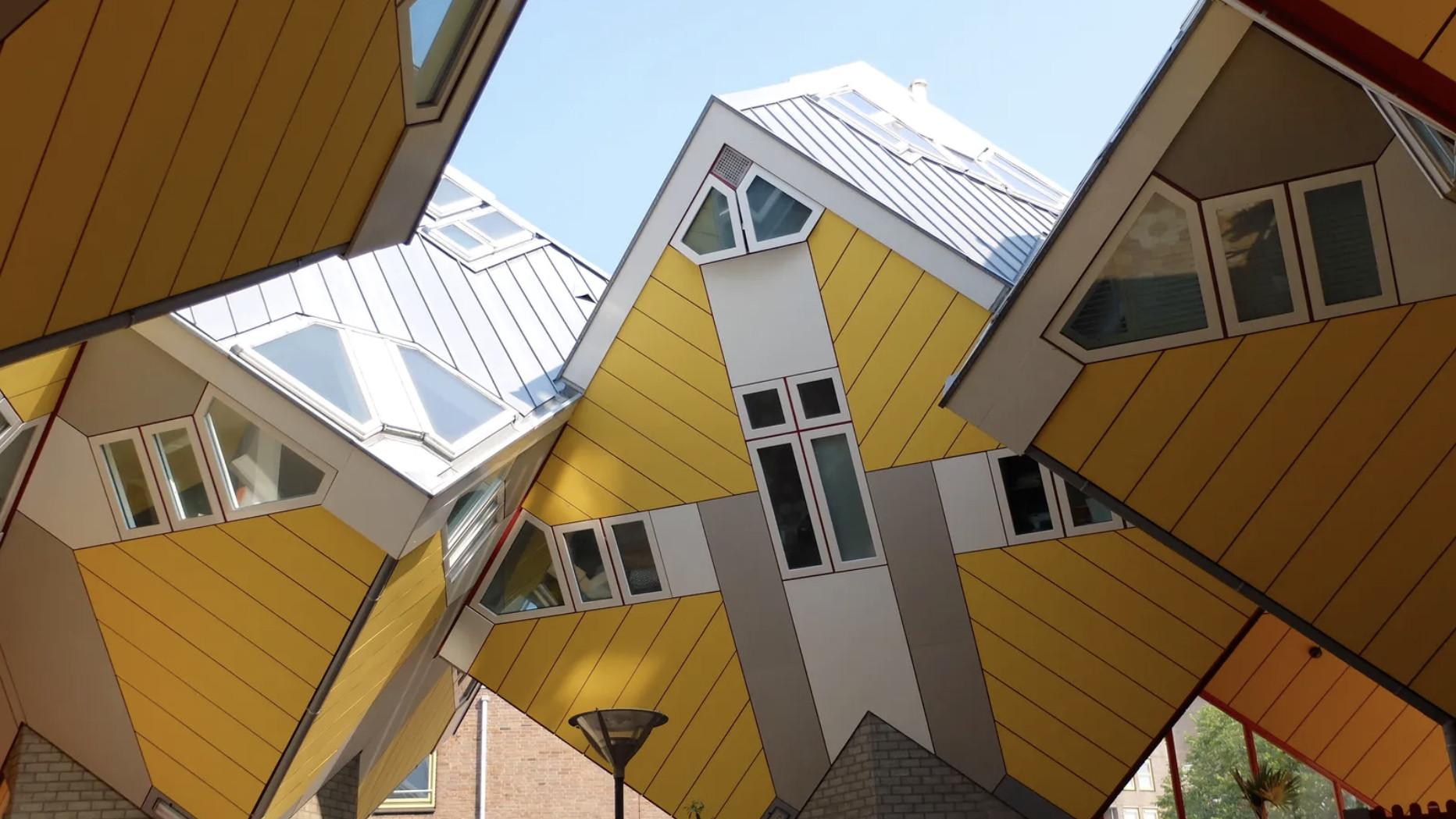 Modernist Travel Guide: a handy companion to explore modernism across the globe
Modernist Travel Guide: a handy companion to explore modernism across the globe‘Modernist Travel Guide’, a handy new pocket-sized book for travel lovers and modernist architecture fans, comes courtesy of Wallpaper* contributor Adam Štěch and his passion for modernism
-
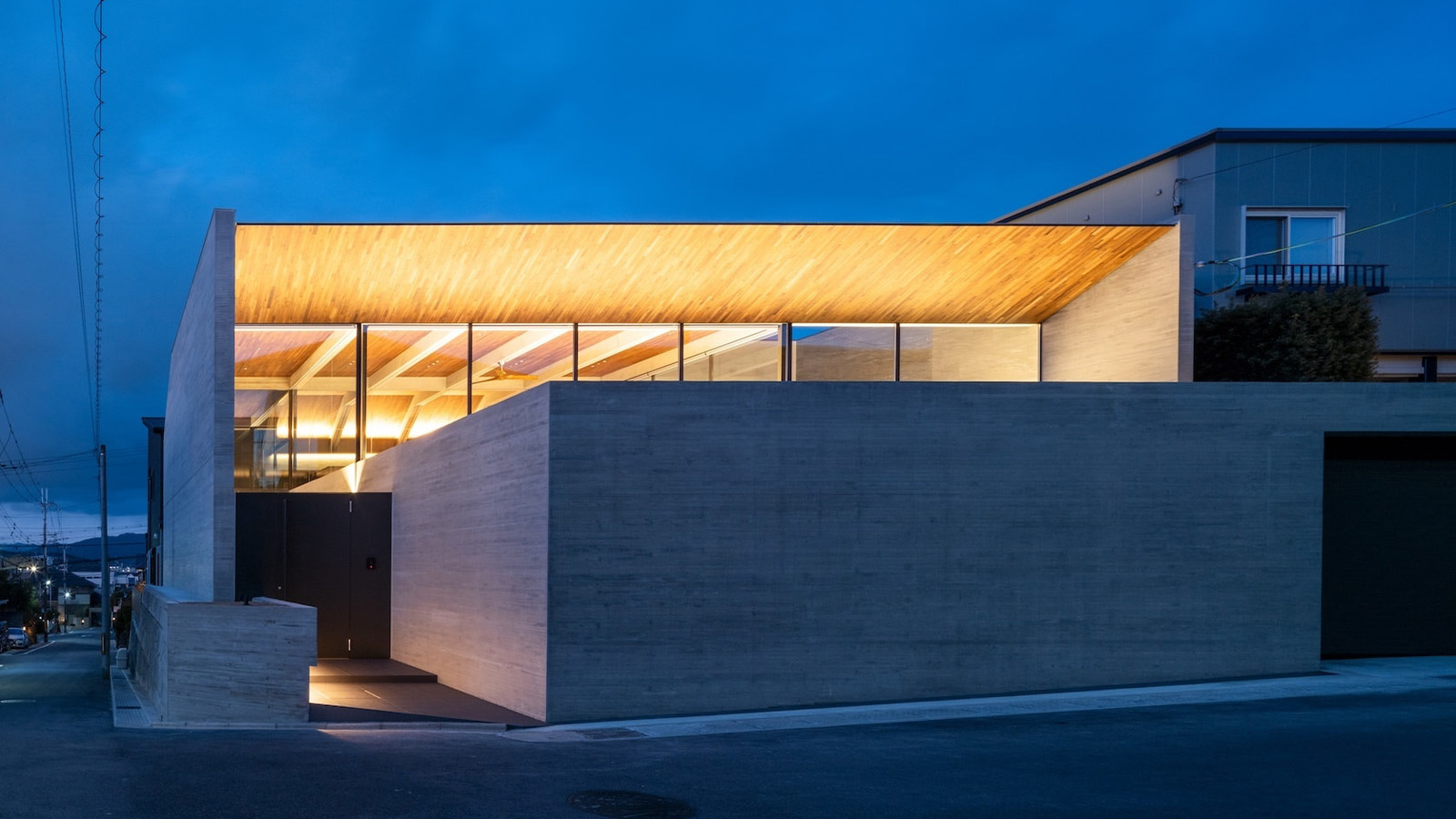 Behind a contemporary veil, this Kyoto house has tradition at its core
Behind a contemporary veil, this Kyoto house has tradition at its coreDesigned by Apollo Architects & Associates, a Kyoto house in Uji City is split into a series of courtyards, adding a sense of wellbeing to its residential environment
